Who you should collect now, and why: five art writers each pick a New Zealand artist
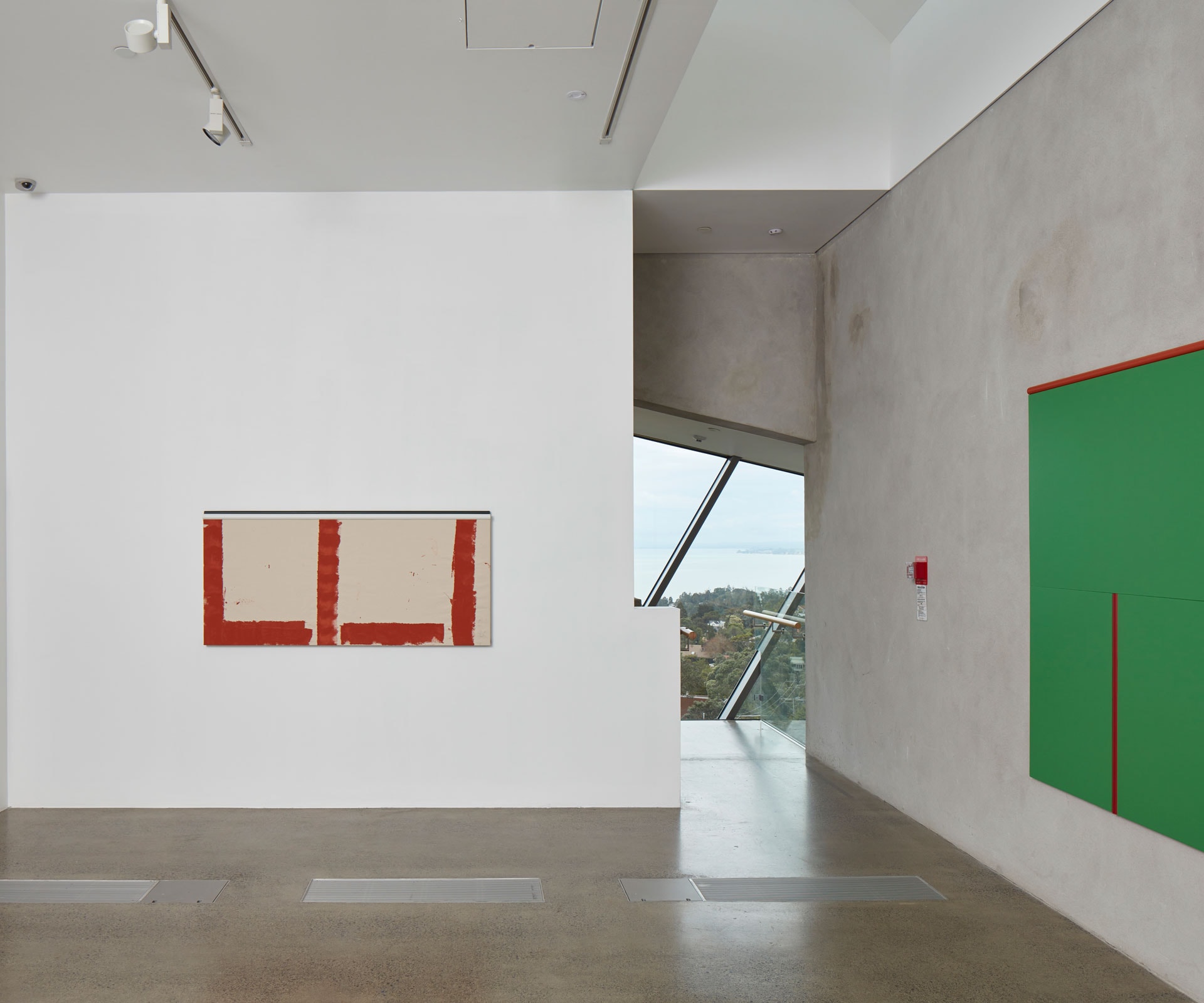
Oliver Perkins
The artist’s overarching practice is witnessed when his diverse works are seen in concert, says Francis McWhannell.
The work of Oliver Perkins is the product of voracious looking, playful experimentation, and rigorous editing. His sources are diverse. He mines the histories of art, architecture, and design – now playing on the more restrained monochrome paintings of Robert Ryman, now the tubular balcony rails of 1990s apartment buildings in Alicante, Spain (until recently the artist’s home).
His chosen media are similarly eclectic, encompassing not only traditional painting materials, such as canvas and rabbit-skin glue, but also more everyday substances, such as wood dowelling and enamel house paints. His works are objects as much as images, drawing attention not only to their own seductive materiality, but also to the sensual qualities of the myriad painted objects that surround us.
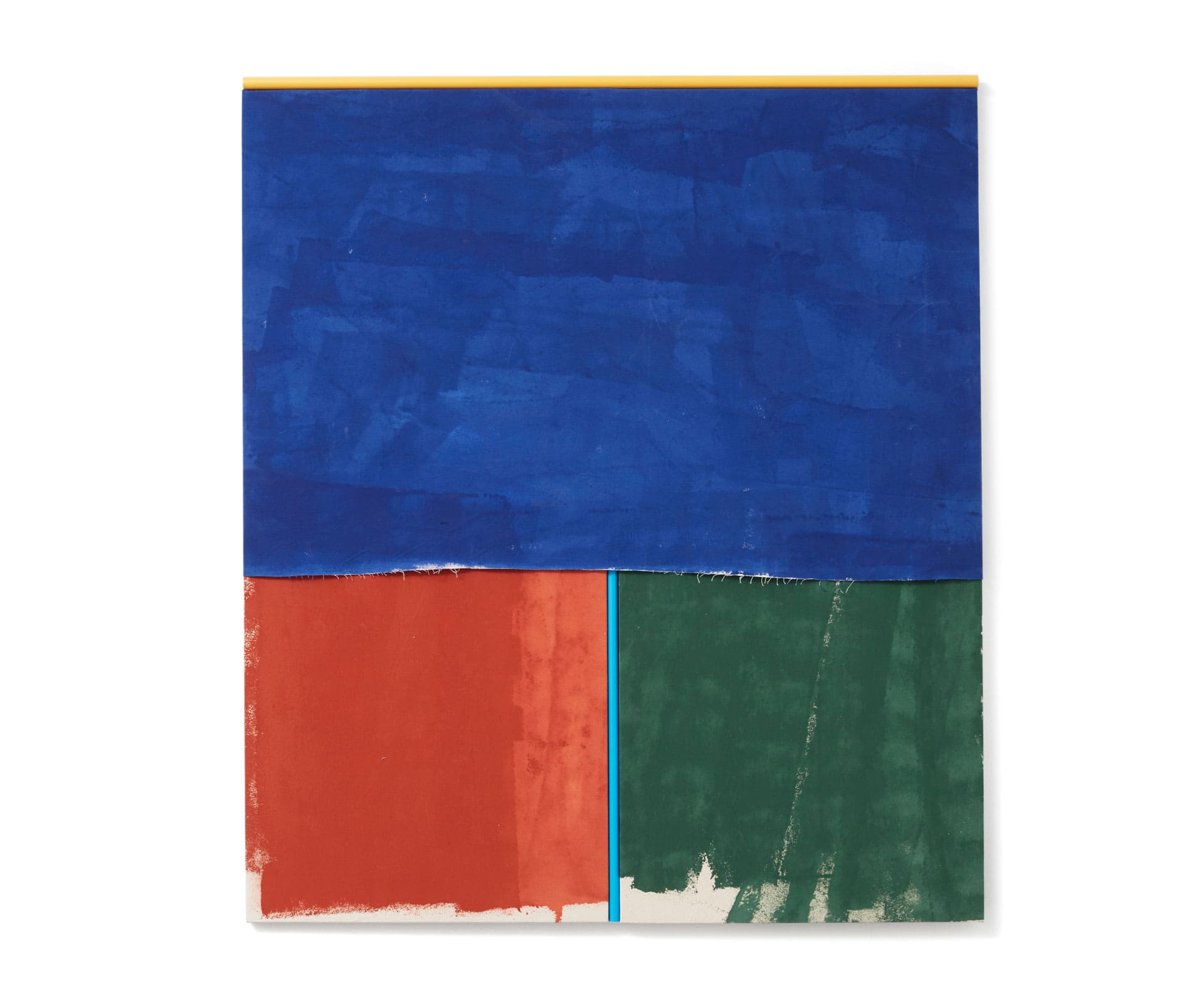
Considered individually, his works – whether strident or subtle in their colouration, robust or fragile in their physicality – tend to appear stable and self-contained. Seen in concert, however, it becomes apparent that they are nodes in a complex and vital system that is the artist’s overarching practice. Each painting derives from and generates another.
The connections between works are often subtle, the shifts incremental. The same basic ingredients are redeployed to startlingly different effect. Three pieces of dowelling, for instance, may be used to suggest a top-heavy architrave form, the stretcher of a painting, or a fattened sketch of a building. Immaculately crafted and immediately lovely, Perkins’ paintings are essays
in the rich potential latent in the outwardly simple.
Vaimaila Urale
Moving seamlessly between ASCII and Samoan tattoo, the artist has invented a beautiful new language, writes Lana Lopesi.
Multidisciplinary artist Vaimaila Urale is perhaps best known for her work within D.A.N.C.E Art Club, a four-piece collective who use the “social dynamic as a creative platform”. In other words, they know how to make communities feel comfortable in galleries through DJ sets, food and parties. However, for 10 years, Urale has also been building her solo career, exhibiting in cities across Aotearoa and abroad including Sydney, San Francisco, Glasgow, and in China.
Urale seamlessly moves between two different types of language, that of Samoan tattoo and ASCII, the American Standard Code for Information Interchange. She first used this unlikely combination in 2011 during the creation of ‘Typeface’, a collaboration with Johann Nortje. ASCII was originally used for sending and receiving messages to teletypes at a time when computers only understood numbers. Urale restricts herself to the / > and < functions of the keyboard, producing delightful geometric configurations that mirror the marks made through Samoan tattoo.

The artist’s new language is displayed within a vast spectrum. Sculptures in clay with a black glaze and ASCII markings impressed in gold are contrasted by large-scale paintings on unstretched canvas with emboldened colours. Urale’s astute juxtaposition between a traditional Polynesian visual language and contemporary mark-making is sophisticated and vivid, a welcome stir up to Aotearoa’s current art offerings.
Marie Le Lievre
With a BA in criminology, the artist plumbs fears real and imagined from a dreamy internal world, writes Andrew Paul Wood.
Christchurch-based Marie Le Lievre’s paintings are wonderfully intricate mechanisms of concealment and revelation. Though she’s a graduate of Canterbury University’s School of Fine Arts, with a BFA (hons) in painting in 2007, and MFA (distinction) in 2008, she also has a BA in Criminology from Victoria, which may explain something of her work.
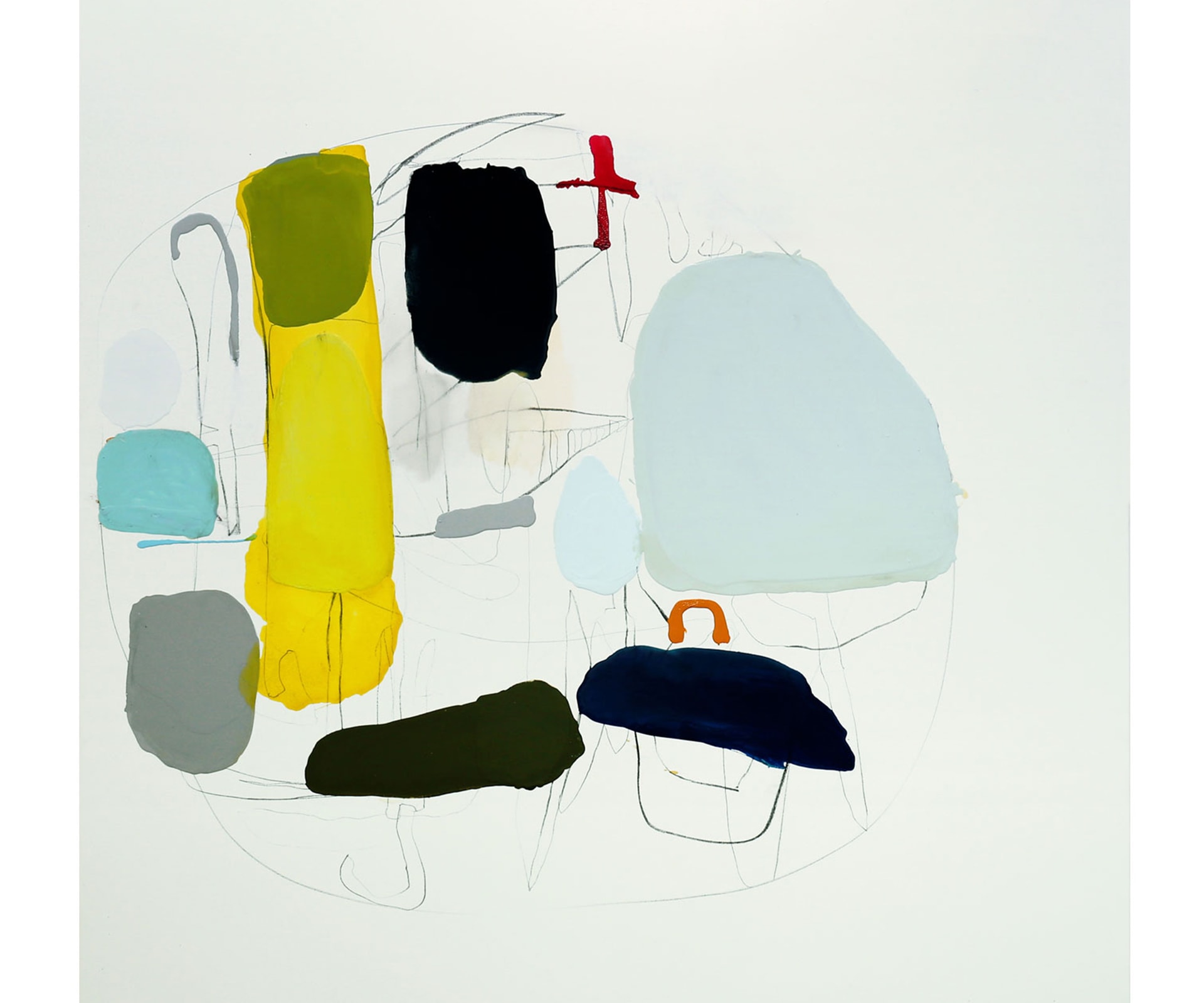
Biomorphic pools of translucent and opaque pigment in cool monochromes are containers to catch up a personal vocabulary of symbols hinting at real or imagined fears, anxieties and concerns and various spiritual, therapeutic and holistic coping strategies. Sometimes they are veils obscuring the subtle, richly hued flamelets flickering at the edges like oracular and unknowable truths.
Surfaces ripple and crackle like skin. Colours bleed like flesh. Shadows move at the corner of your eye. Often those great oceanic forms, amoebic and timeless, lost in their own song outside our range of hearing, bristle with drawn lines that are sometimes scaffolding, sometimes a scrub of eyelashes and sometimes spell out words. More recently Le Lievre has incorporated photographs as a surface to paint on, bringing her dreaming inscapes into the real world.
jonathansmartgallery.com
bartleyandcompanyart.co.nz
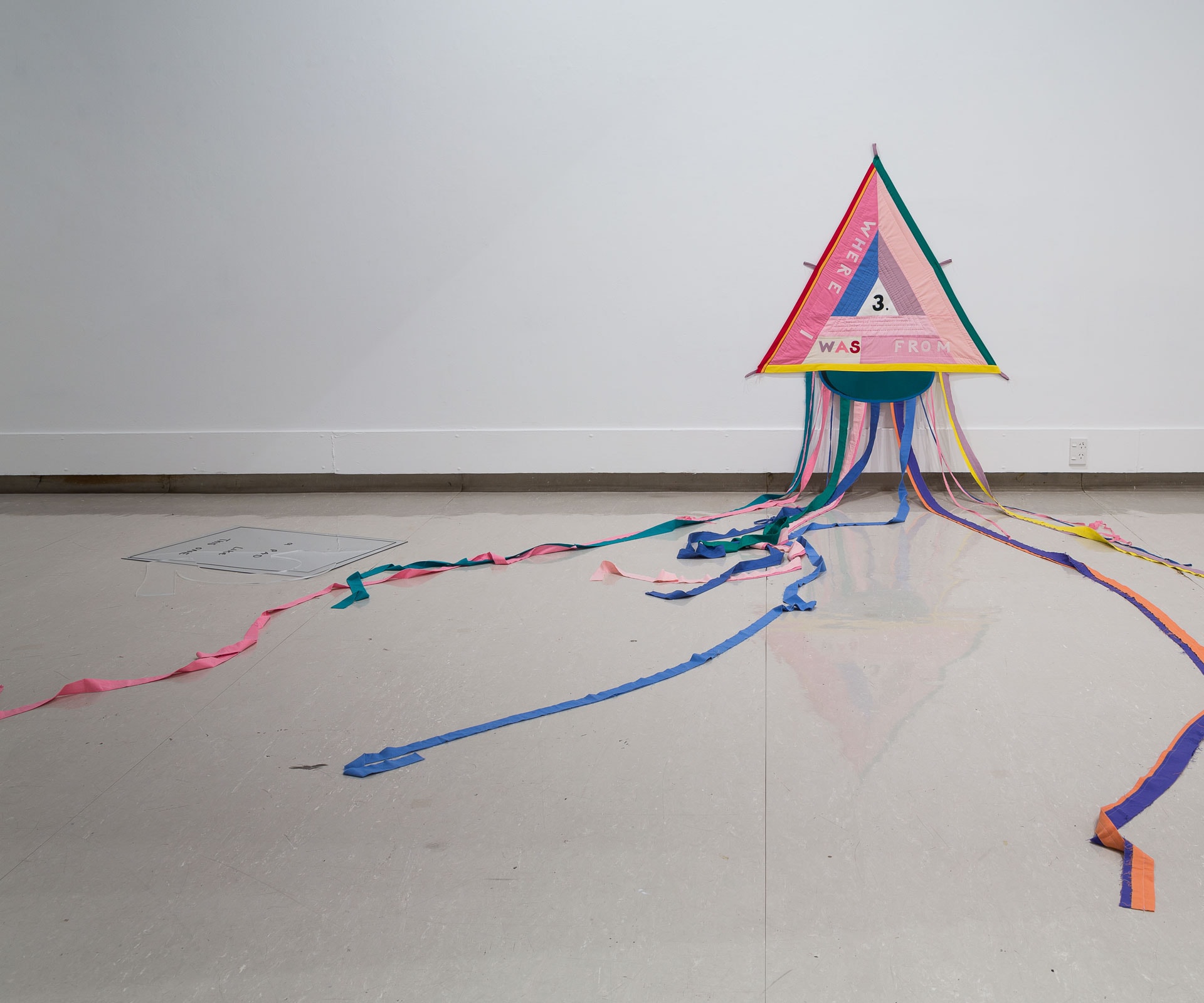
Christina Read
Funny, goofy and charming, the artist’s work is trying – but as Megan Dunn notes, we live in trying times.
Here’s a plan: if a Hollywood movie was made of her life she’d be played by the actress Kristen Wiig because the artist Christina Read is funny and goofy and charming. And also because she makes self-reflexive art painfully aware of its own verbal tics. Read’s last exhibition, produced for the end of her 2016 Olivia Spencer Bower residency in Christchurch, was titled Here’s A Plan (things to do) and was based on plans for exhibitions that she hadn’t yet made, inspired by chapter titles from a non-fiction book that she hadn’t written.

Confused? So is Christina. Pop psychology intrigues her. She consumes self-help books and sews evasive to-do lists on fabric wall hangings, her handcrafted sentences often crossed out, for example how to stop being me (and become someone better).

Whether her medium is painting, sculpture, quilting or works on paper, Read always leaves room for her reader. ‘Meditation Quilt’ (2017) is an ebullient blue fabric decorated with a broken circular motif. “I was keen to do a work that was very optical and spinney, something that sucked you in,” she says. Her quilt zeros in on doubt. We live in trying times and Read’s art is trying.
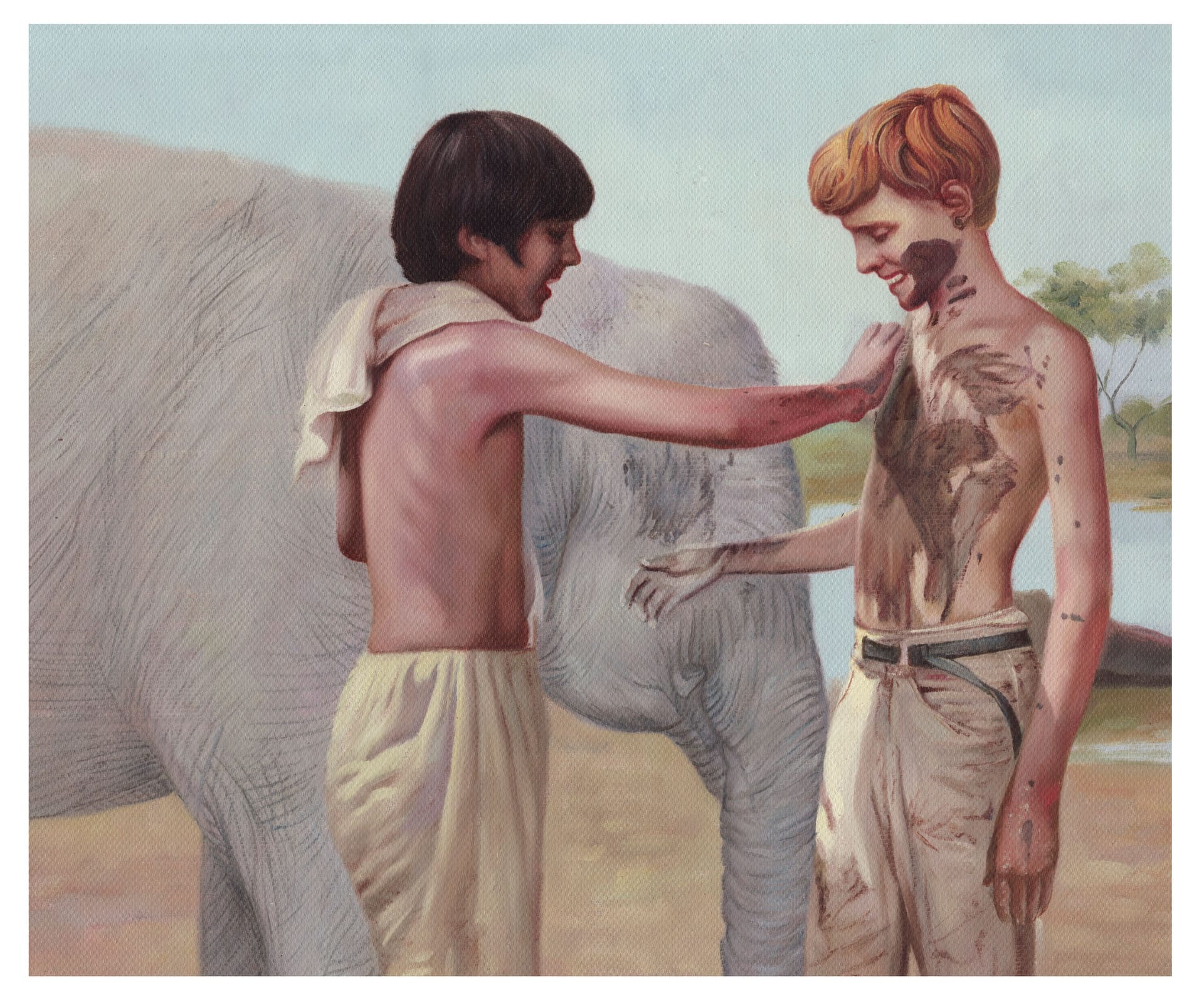 Bepen Bhana
Bepen Bhana
An Auckland-based interdisciplinary artist observes popular culture and cultural appropriation, says Balamohan Shingade.
The internet is frequently ‘blowing up’ with accusations of cultural appropriation. Last year, in Coldplay’s video ‘Hymn for the Weekend’, Beyoncé awkwardly starred as a bejewelled Bollywood bride, who was incompletely adorned in henna. Trigger-happy Tweeters pounced at the imprecision, the apparent commodification of ceremonial dress and at the waft of a stereotypical portrayal of India as unduly exotic.
Bepen Bhana usually finds himself in this mix as an artist and a careful observer of pop culture. His recent exhibition Hey Bey, of dizzying paintings of Beyoncé, attends to this moment of hysteria to study cultural appropriation and cultural hybridity in our increasingly globalised and networked world.
Bepen’s art trafficks in such mixing-up of identities, and if it’s difficult to tell on which side he stands in the dung-flinging contest of cultural wars, it’s because his ambivalence reveals something underlying. In Frankie Goes to Bollywood, for example, the paintings of Bollywood stars in New Zealand landscapes are more properly a story of how New Zealand supplanted Switzerland as the freshest and most exotic location in Hindi cinema. The intrigue of Bhana’s artwork is a palette that incorporates the Basil Brush show on the one hand and Billu Barber on the other, of the Brady Bunch and Bobby Deol, of the bindi and the beach in the outwardly simple.
[related_articles post1=”73822″ post2=”72458″]












